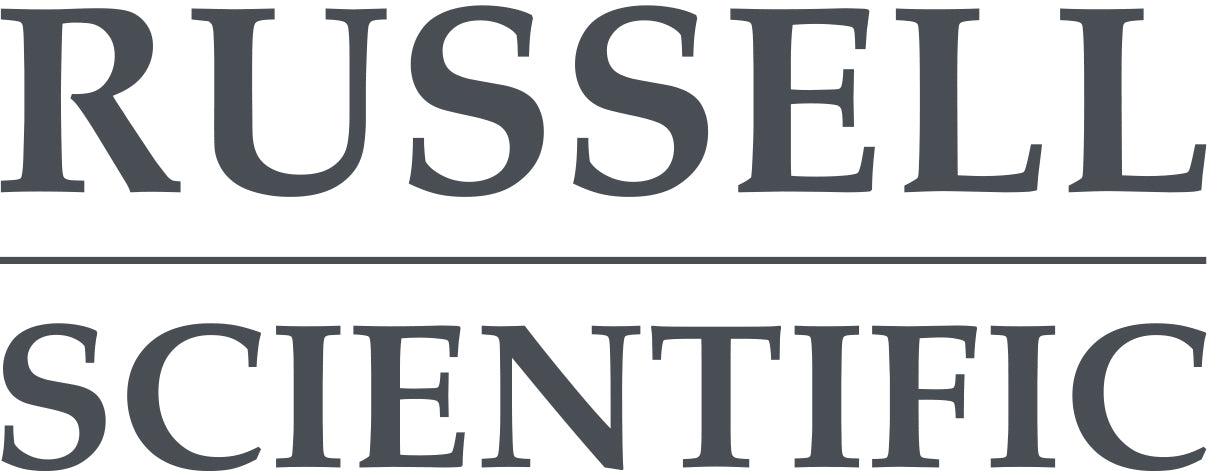Why thermometer maintenance matters:
Temperature monitoring on railways plays a crucial role in the safety and efficiency of UK railway operations. Railway thermometers are essential tools for tracking rail temperature, as harsh conditions such as severe ice or sudden heat fluctuations can impact track stability and overall performance.
Inaccurate thermometer readings can lead to missed warning alerts, increasing the risk of delays, costly repairs, and compromised safety. Therefore, regular maintenance schedules and the calibration of railway thermometers are crucial to ensure that operators can rely on accurate data to keep rail services running smoothly, ensure the rail infrastructure is deemed safe, and protect passengers.
Calibration and maintenance frequency:
Calibration is the process of comparing a measuring instrument’s readings to a highly accurate reference standard to identify any deviations. Calibration ensures that measuring instruments used by different operators maintain accuracy in relation to their specific unit of measurement, achieving precision down to the exact unit, which can degrade over time due to wear and tear, as well as environmental conditions. Due to the railway network's operational standards requirements and the risks associated with poor maintenance, calibrated monitoring tools are essential for track operation and safety.
Typically, it’s recommended that railway thermometers be calibrated annually. However, this can also depend on different manufacturer recommendations and the operational environment. In the UK, the diverse and extreme climate conditions may require additional checks, particularly if the instruments begin to show signs of drift.
Our 5-Point UKAS Calibration in a Calibration Bath:
At Russell Scientific, we perform a 5-point UKAS calibration of thermometers using a precision-controlled liquid calibration bath. The bath is stabilised at five predetermined temperature set points covering the required measurement range. Each thermometer under test is immersed to the correct depth to ensure full thermal equilibrium. At each set point, the thermometer readings are compared against a UKAS-certified reference standard thermometer with known traceability. Any deviations are recorded, and the measurement uncertainties are calculated in accordance with UKAS requirements. A full calibration certificate is then issued, providing traceable evidence of accuracy across the tested temperature range.
UK Compliance Standards:
In the UK, the railway industry is regulated by several bodies, including Network Rail, The Office of Rail and Road (ORR), and The Rail Safety and Standards Board (RSSB). Reliable temperature data collected by these monitoring systems is essential for demonstrating adherence to standards set by Network Rail, which owns and operates the majority of the rail infrastructure within the UK. The Office of Rail and Road oversees the safety and economic regulation of UK railways, ensuring that railway infrastructure can withstand extreme weather conditions. The Rail Safety and Standards Board provides rail operators with research and guidance on best practices for rail safety, one of which includes temperature management and handling temperature-related risks, ensuring operators are using the latest technologies and bespoke equipment to ensure ongoing rail safety. By keeping thermometers correctly calibrated, operators can provide clear evidence that their infrastructure is being monitored effectively against heat-related risks such as track buckling or rail fractures. This not only supports compliance with safety regulations but also builds accountability, reduces the likelihood of costly disruptions, and reassures regulators that the railway network is being managed with precision and care.
FAQs:
- What are the risks if a railway thermometer isn't calibrated?
- Inaccurate temperature readings can lead to misjudging rail expansion/contraction, meaning risk of track buckling and rail fractures.
- Safety warning systems may generate false alarms.
- Operational delays and maintenance costs can increase due to reactive rather than preventative intervention.
- What factors can influence how often a railway thermometer should be calibrated?
- Frequency of use, and how often the thermometer is exposed to extreme conditions or harsh environments.
- Whether the thermometer shows signs of drift or inaccuracy.
- Regulatory or contractual requirements from relevant bodies such as Network Rail.
- The criticality of the measurement required.
-
How do UK standards/regulators require thermometer calibration to be documented?
- Calibration must be traceable (readings and reference standards need to tie back to national standard measurement authorities.
- Certificates to show the date, the device tested, the measurement points, deviations, and measurement uncertainty.
- Operators may be required to show calibration status as part of their safety and compliance regime.

